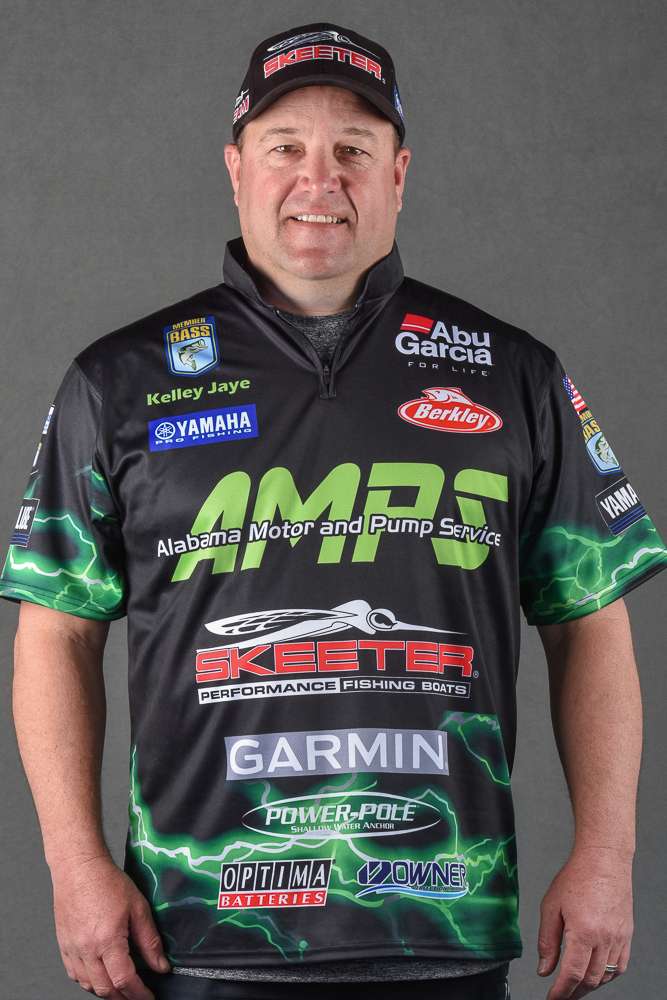
I guess by now it’s no longer a secret that you can enjoy success with a jerkbait throughout the year, not just during the prespawn. If you had any doubt before that they’ll eat it during the hottest part of the year, then watching me and Hank Cherry making the final day cut at the Guntersville Elite by jerking should’ve cleared things up.
You might find the world’s best jerkbait scenario, but that doesn’t mean they’ll bite any jerkbait you throw.
I learned that lesson firsthand again during the tournament, when the fish showed a decided preference for an out-of-production Smithwick Rogue that is in my regular rotation. It’s not the prettiest bait in my box. In fact, straight out of the package they’re fairly primitive. Nevertheless, it has certain advantages over many of the other jerkbaits that I use.
First, at 5 1/2 inches, it’s bigger than most of the others. I like it any time fish are eating big gizzard shad or other large baitfish. Second, it has a loud rattle to it. Third, at this time of year you really want to be jerking it hard, especially over vegetation, and unlike some of the others those hard pulls don’t affect the action. It continues to run true and doesn’t spin out.
Perhaps most importantly, it doesn’t have the weight transfer system that is the hallmark of many modern jerkbaits. The lack of such a system hurts your casting distance, but when a big fish comes up with it they’re less likely to get away. I bet I land at least 80 percent of the fish that bite the old Rogue, and for a jerkbait that’s incredible.
I’ve got about 15 of these precious baits left, and I try to baby every one of them. Unfortunately, I rarely find them on eBay, but the good news is that because they look so Plain Jane when I do find them I rarely have to pay over 10 bucks for one. I’m not going to do anything to change that. When Zona called me the night before the final round to ask me about them, I was happy to give some detail, but I made it clear that I couldn’t tell him the model number. They’re too valuable to me to tell the world my secret.
Before I fish the Rogue, I replace the factory hooks with ultra-sharp #4 Owner ST36 trebles. Every one I own has a custom paint job. The factory color schemes are mostly chrome, and while that has a time and a place it wasn’t the right selection for these circumstances. I only had one of the color that I was using this week because I lost my other one at Rayburn in 2017. I loaned Hank Cherry one of my others, but it wasn’t in my favorite paint scheme. I get them painted by Jason Shockley of Shock’s Custom Baits here in Alabama, and while he’s gotten plenty of calls since the tournament ended I’m confident that he won’t duplicate my color for anyone else.
Of course, sometimes when you change your lure you also need to adjust your tackle to go with it. When I throw a smaller jerkbait like a Megabass Vision 110, I use my 6-foot, 9-inch medium-action signature series jerkbait rod from ALX and 12-pound fluorocarbon. When I switch to the bigger lure like the Rogue, I change to a 7-foot, 1-inch medium-heavy Deputy from ALX and I likewise upsize to 15-pound test fluorocarbon.
Competitive bass fishing is all about finding the right fish and making them bite, but at the Elite level finding the proper tool for the job is often the difference between winning and finishing in the middle of the pack. My jerkbait boxes are crammed full of all different sorts of tools. Not all of them may be ultra-modern, but by choosing the right one at the right time I get the most out of any jerkbait bite.
It’s not always the most attractive one that gets the call, either. Sometimes you have to bring an old warrior to do battle.





